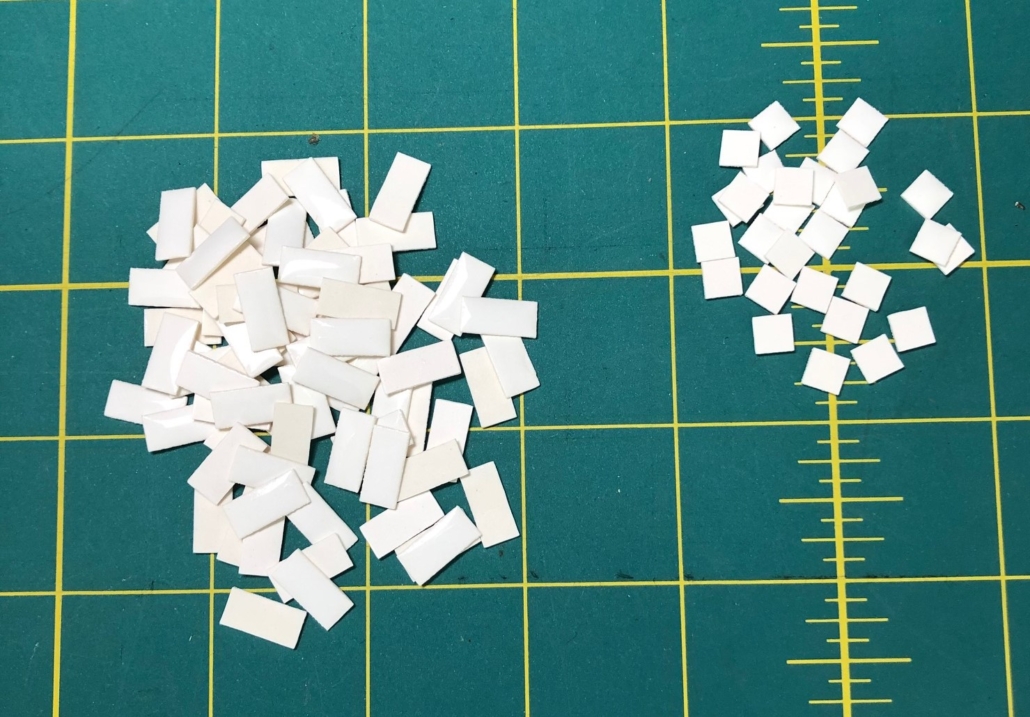The Kitchen

Researching kitchens for my city house proved challenging. The only thing I could find that Gustav Stickley ever said about kitchens is that they should be “white’” to exude “cleanliness”. It’s true that at the turn of the last century, kitchens were primarily the realm of the help. Thinking of our 1909 Craftsman we bought here on Vashon Island, its kitchen was a nice size but very plain with fir floors, simple double-hung windows and a narrow butler’s pantry leading to a swinging door into the dining room. There, and throughout the entire first floor, were large rooms with gorgeous inlaid oak floors, leaded windows, lincrusta decorated walls, fine millwork including coffered ceilings, built-in window seats, wainscoting, colonnade to the living room and grand staircase with stained glass windows on its landing. Is that modest kitchen we just left minutes ago in the same house??
So, how to handle my little kitchen? My city house plan was published in the October, 1910 issue of “The Craftsman”, so I’m imagining this house as it might have appeared in 1915. Things were changing fast in the early 1900’s. Stoves and hot water heaters went from wood to gas. Not many houses had electricity in 1915, but an upscale city house like this one might have had light fixtures that were both gas and electric as gas use diminished and electricity became more available and reliable, especially in cities.

I found many old photos of water tanks attached to both wood and gas stoves for heating water, or standing next to the stove with a gas unit under the tank. Few of them were dated, but I love the look of the tanks and made one for my house with hopes that it’s appropriate for the time. I also bought a wonderful little model refrigerator online with the compressor on top only to discover that it was General Electric in 1927 that introduced the GE Monitor Top, way too advanced for my 1915 house. Would anyone looking at my finished house know? To be historically accurate, should I remove the compressor from the frig and turn it into an icebox? Yet to be decided.
Details: fine materials like marble were sometimes used for counter tops, but usually only in the butler’s pantry. Kitchen counters were wood. Cabinets and counters replaced the kitchen work tables by 1910 with “toe space” under the cabinets, “very ‘modern’”, by 1915. Cupboards and shelving were made to look like separate pieces of furniture and not connected to the counters. Printed linoleum “rugs” made floor cleaning easier. Walls were painted gloss white or tiled white to emphasize that all-important sanitary look. Subway tile was popular in Craftsman homes. I found amazing hand-made subway tile in Germany by Rita and Horst Kruger (www.tiny-ceramics.com). And I thought gluing tiny bricks was tedious!!! But the look is so worth it.








